In the dense rainforests of Central and South America, a peculiar creature moves through the canopy at a pace that defies modern expectations. The sloth, with its deliberate movements and seemingly lethargic demeanor, has long been a subject of human fascination. Yet beneath this apparent laziness lies a sophisticated survival strategy refined over 64 million years of evolution. What appears to be a disadvantage in our fast-paced world proves to be an extraordinary adaptation to the sloth's ecological niche.
The sloth's metabolism operates at just 40-45% of the rate expected for a mammal of its size, creating an energy-saving system that would make any efficiency expert envious. This ultra-slow metabolism dictates every aspect of the sloth's existence, from its movement patterns to its digestive processes. While a rabbit might complete digestion in about 12 hours, sloths take an astonishing 30 days to process a single meal. This extreme energy conservation allows sloths to survive on remarkably little food - about half the amount required by similar-sized mammals.
Predator avoidance provides another compelling explanation for the sloth's unhurried ways. In a world where jaguars, harpy eagles, and anacondas lurk as constant threats, moving slowly makes sloths virtually invisible. Their algae-covered fur blends perfectly with the canopy, creating what scientists call "adaptive camouflage." The greenish tint from symbiotic algae transforms sloths into living, breathing parts of the forest. Combined with their slow movement, this makes them exceptionally difficult for predators to detect among the leaves.
The sloth's reproductive strategy further demonstrates the efficiency of its slow-motion lifestyle. Female sloths typically give birth to just one offspring per year after a gestation period that can last up to 11 months, depending on the species. This low reproductive rate would be unsustainable for most mammals, but for sloths, it represents a carefully calculated energy investment. The extended maternal care period - sometimes lasting over a year - ensures each offspring has the best possible chance of survival in an environment where energy conservation is paramount.
Modern researchers have discovered that sloths possess unique muscle structures that maintain tension with minimal energy expenditure. Their specialized tendons and muscle fibers allow them to hang from branches for extraordinary periods without fatigue. This adaptation explains how sloths can sleep while suspended in trees and even die in that position without falling. Their bodies are essentially perfect hanging machines, requiring about 90% less energy to maintain position than similar-sized mammals would need.
Climate change and habitat destruction now threaten to disrupt the delicate balance of the sloth's energy economy. As rainforest temperatures rise, sloths face increasing metabolic stress. Their carefully calibrated systems evolved for stable tropical conditions, not the temperature extremes becoming more common. Conservationists note that while sloths survived the ice ages, the current rapid environmental changes pose unprecedented challenges to these slow-moving specialists.
The sloth's story offers profound lessons about efficiency and adaptation in nature. In a world obsessed with speed and productivity, these creatures demonstrate the power of slow, deliberate existence. Their success lies not in competing with faster animals but in perfecting an entirely different approach to survival. As research continues to unravel the mysteries of sloth biology, we may find their energy-saving innovations inspiring solutions to human challenges in fields ranging from robotics to sustainable design.
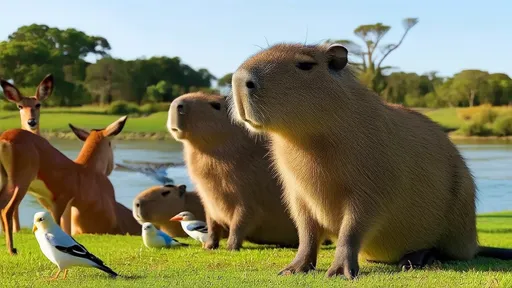
By /Jun 10, 2025
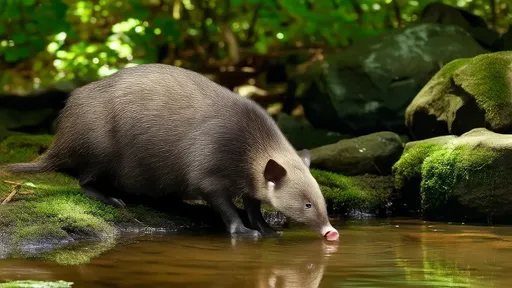
By /Jun 10, 2025
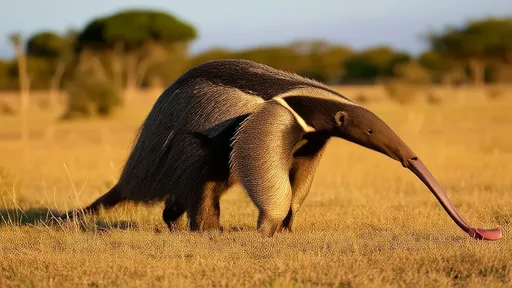
By /Jun 10, 2025
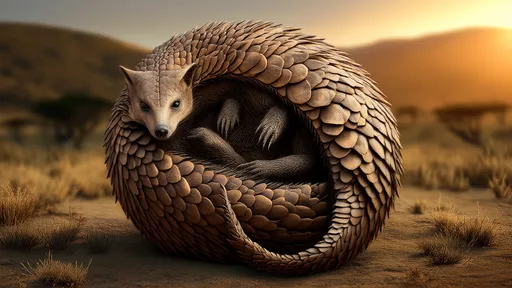
By /Jun 10, 2025
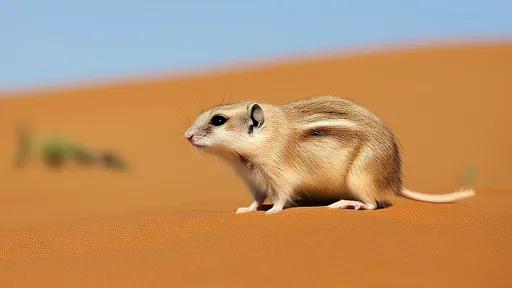
By /Jun 10, 2025
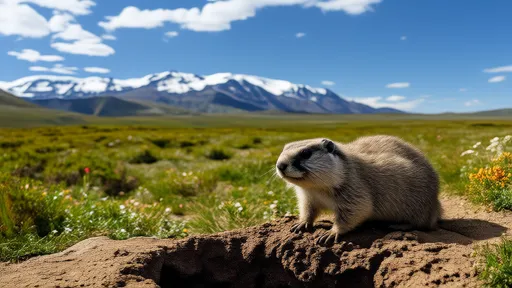
By /Jun 10, 2025
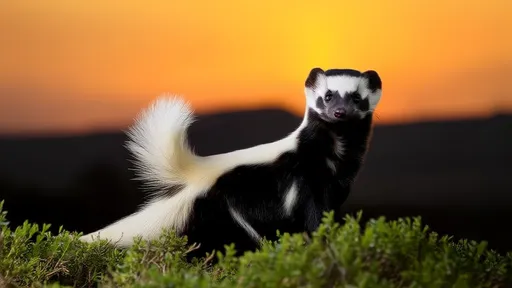
By /Jun 10, 2025

By /Jun 10, 2025

By /Jun 10, 2025
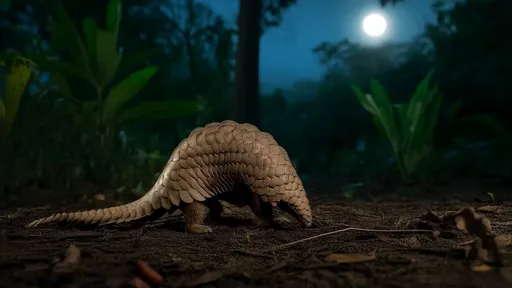
By /Jun 10, 2025
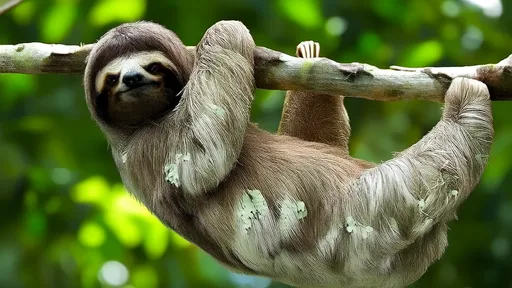
By /Jun 10, 2025
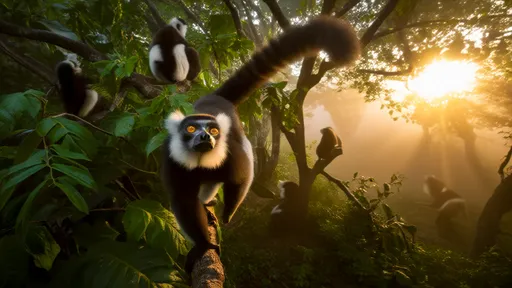
By /Jun 10, 2025

By /Jun 10, 2025
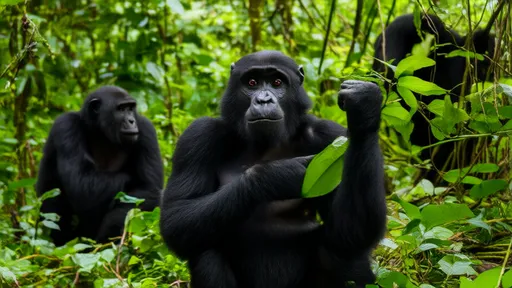
By /Jun 10, 2025

By /Jun 10, 2025
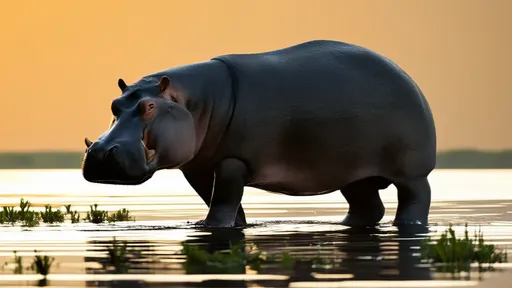
By /Jun 10, 2025
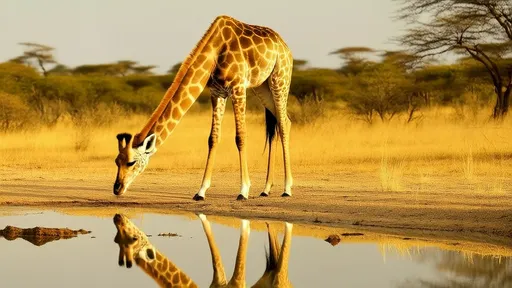
By /Jun 10, 2025